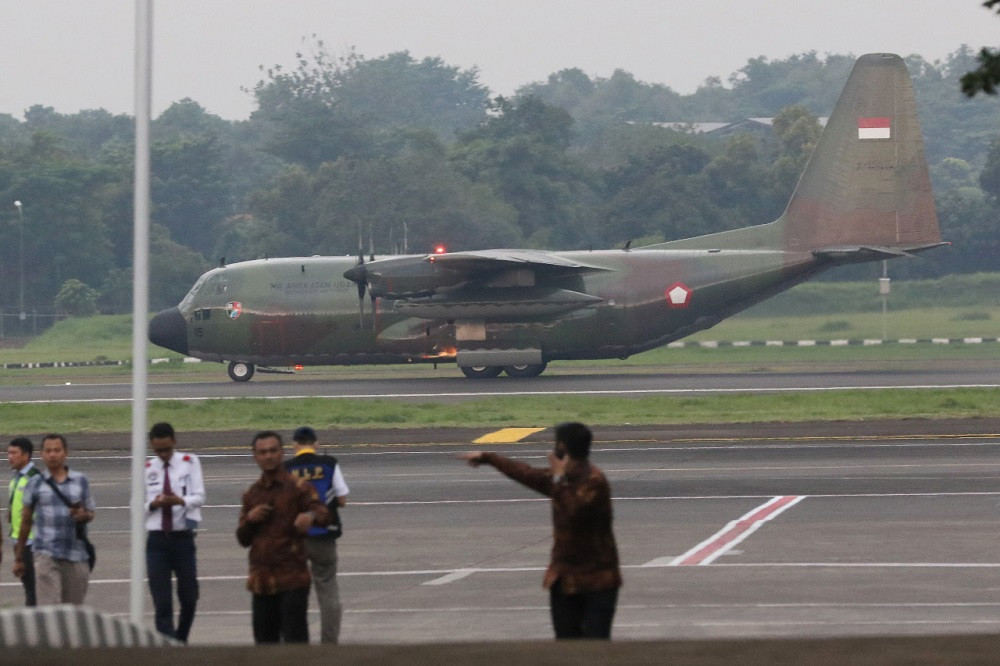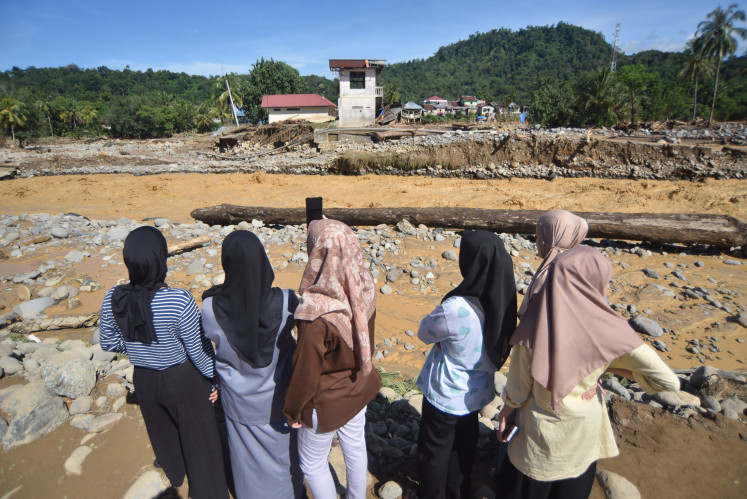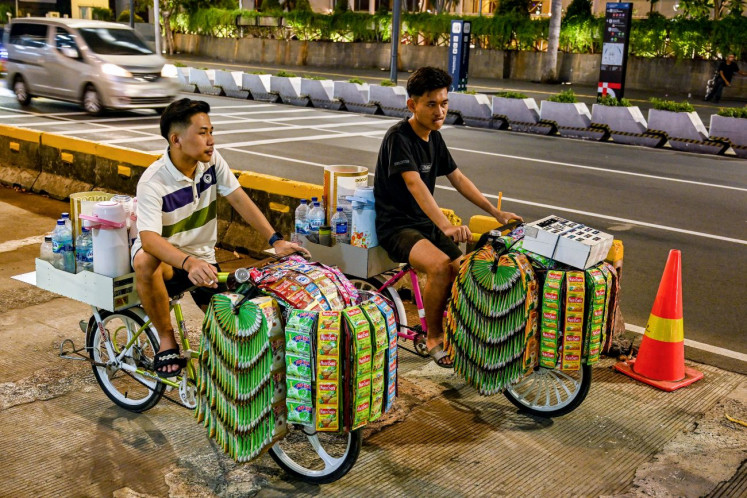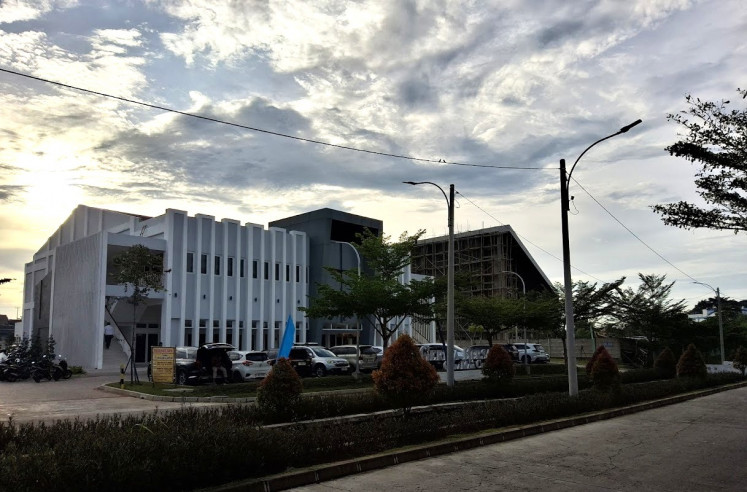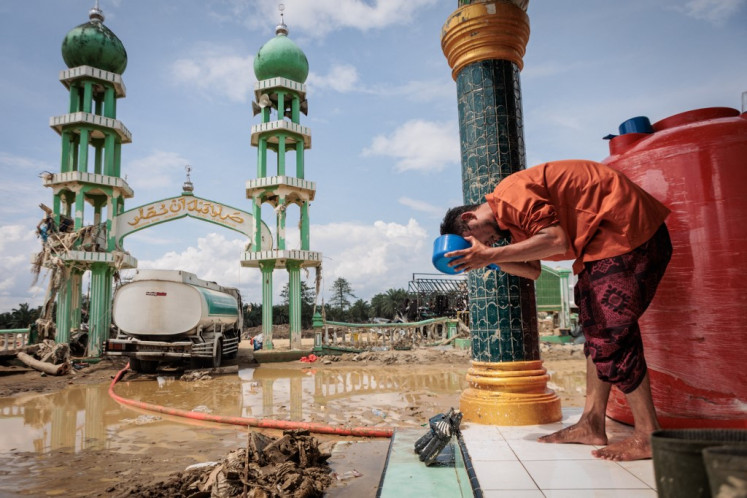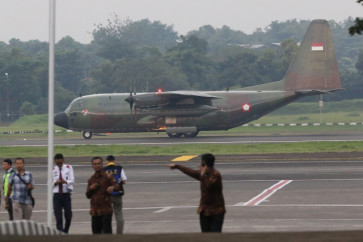Popular Reads
Top Results
Can't find what you're looking for?
View all search resultsPopular Reads
Top Results
Can't find what you're looking for?
View all search resultsEnhancing Air Force's MOOTW capability
Involvement in military operations other than war (MOOTW), particularly disaster relief, is not a strange activity for the Air Force.
Change text size
Gift Premium Articles
to Anyone
F
or decades, the Indonesian Air Force has been playing a miniscule role compared to the other services. It is no secret that the Indonesian Army holds the golden boy status within the country’s military (TNI).
We can also consider Indonesia’s Air Force to be a small one due to its limited depth and the country’s inadequate industrial capability to expand the service. While the TNI has embarked on its modernization program via the Minimum Essential Force (MEF) program, altering the military’s inward-looking mindset is not an overnight job.
Such a situation in reality preserves Army domination within the TNI. Nonetheless, the COVID-19 pandemic may offer a blessing in disguise for the Air Force.
Indonesia’s large and archipelagic territory certainly prevents smooth land-based transportation. The country also experiences a relatively high resources disparity between big cities on Java, the most populous island in Indonesia, and outer Java regions. The same situation applies in the medical sector, with most of the sophisticated tools and infrastructures located on Java.
The onset of COVID-19 certainly compelled the government to stretch and distribute its limited medicinal resources to outer islands. Here we can see that the Air Force owns a crucial role in the battle against the coronavirus as in disaster relief operations in general.
Involvement in military operations other than war (MOOTW), particularly disaster relief, is not a strange activity for the Air Force. Although the service has been actively engaging in disaster relief, such activities were mostly done within Indonesia’s territory. The Air Force sent its Hercules C-130 twice for disaster relief to help remedy the devastating impacts of Myanmar’s Cyclone Nargis in 2008 and the Philippines’ Typhoon Haiyan in 2013. In addition, the Air Force delivered aid to Bangladesh when a massive influx of Rohingya refugees entered Cox’s Bazar in September 2017.
Meanwhile, in the domestic realm, the Air Force’s disaster relief efforts were not only distributing aid, but also patrolling, conducting cloud seeding and taking part in search and rescue missions. Moreover, the Air Force utilized a wide array of aircraft types for the jobs, including jet fighters. The service employed F-16 and the already retired Hawk Mk-53 for forest fire detection patrol. The activities were often carried out while doing regular training. Here we can see that the Air Force maximized its finite resources to serve various purposes.

